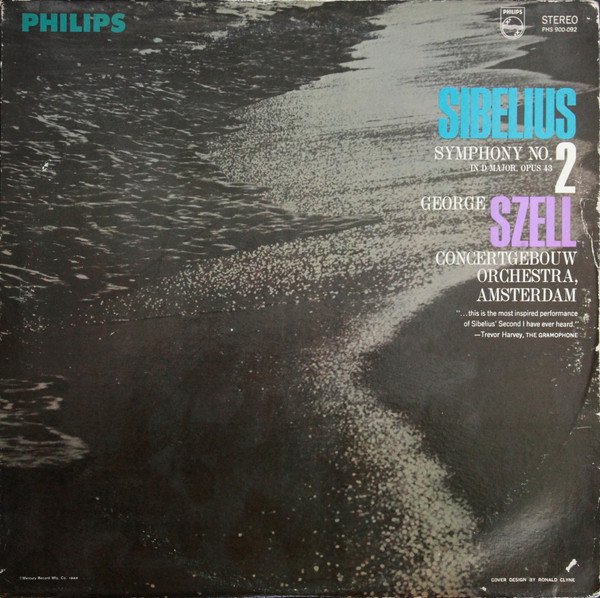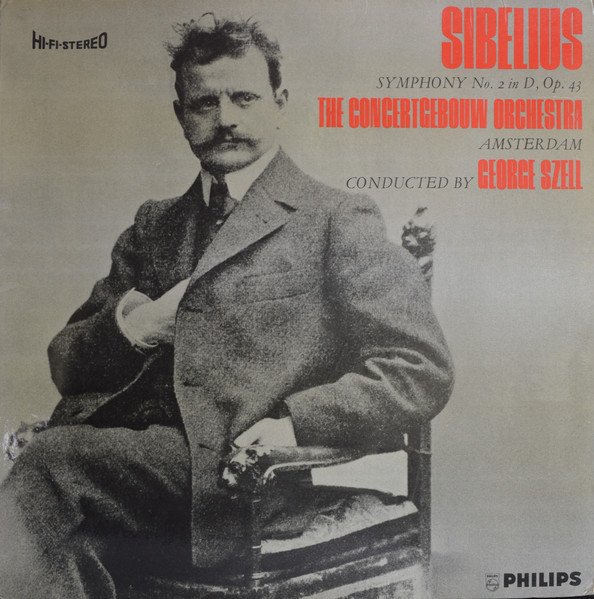Rensaeller bought these Altecs and added Markus Klug's multicell horn, Peter Riggle's Hiraga crossover, some other manual adjustments on cleaning up the speaker and added just over 5k 211 integrated amp. The TT is a Garrard 301. The only expensive component in the chain is the Ypsilon phono with Phasemation SUT. This amp is so much better than the Ayon spitfire before.
Sure with more budget one can experiment with preamps in the chain, other amps, you could experiment with tweeters or zingy carts like vdh and Dava, but just overall very difficult to beat the ability of this system to let you just sit back and experience the musical performances without focusing on any system hifi attribute.
The upper driver is the Great Plain Audio 802g and woofer is the original 416b. Both 8ohms.
More videos coming
Sure with more budget one can experiment with preamps in the chain, other amps, you could experiment with tweeters or zingy carts like vdh and Dava, but just overall very difficult to beat the ability of this system to let you just sit back and experience the musical performances without focusing on any system hifi attribute.
The upper driver is the Great Plain Audio 802g and woofer is the original 416b. Both 8ohms.
More videos coming
Last edited:




